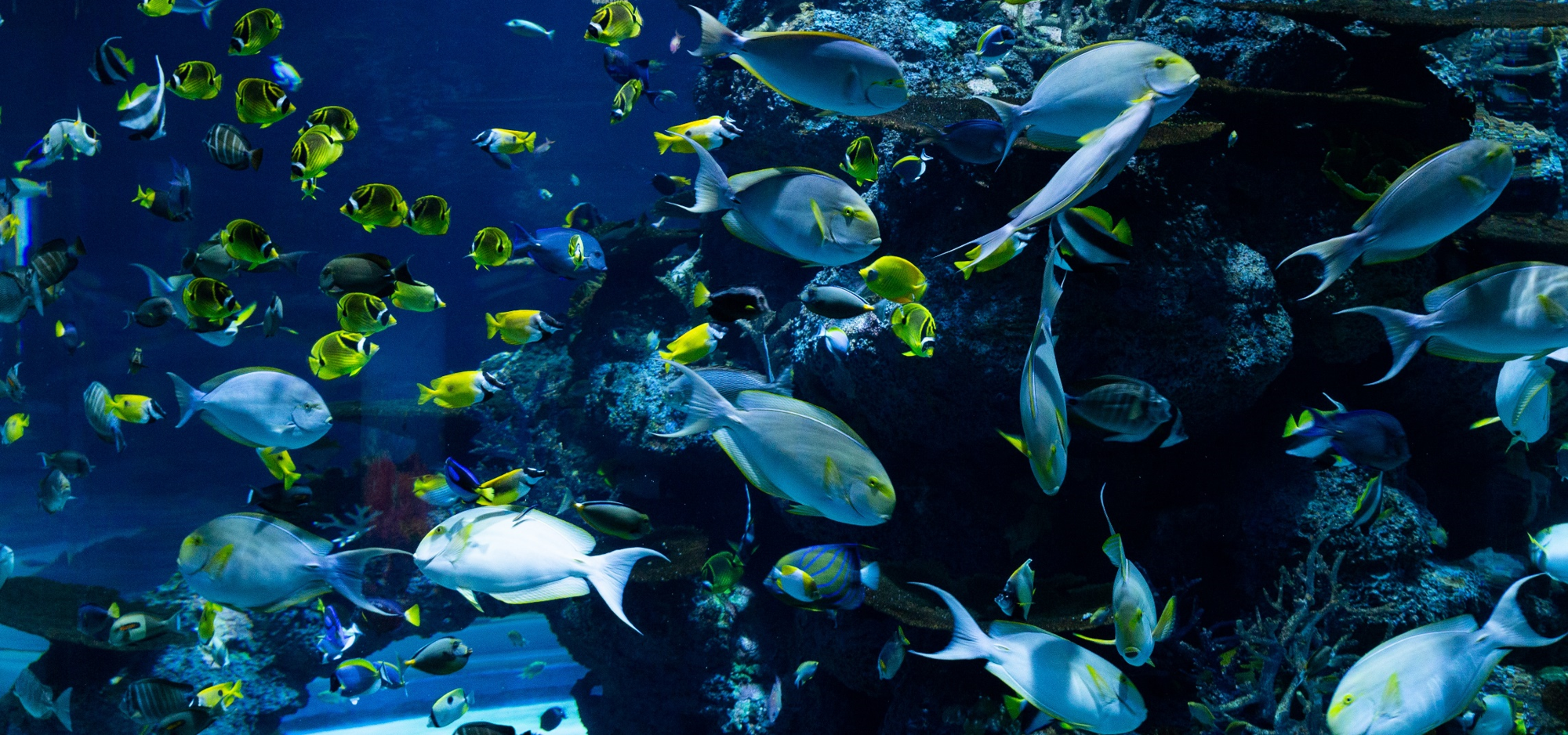
This module will introduce some key topics in marine biodiversity including methods of assessing marine biodiversity, distribution of species in space and time, maintenance of marine biodiversity, and regulation of populations. The module also introduces key marine taxa. Selected examples will focus on adaptations in planktonic organisms, biodiversity hot-spots such as coral reefs and explore disturbance and succession. The self learning component investigates the utility of nucleotide databases for reference RNA and environmental metagenomes in biodiversity research. Two practicals will examine the biodiversity in muddy and sandy shores, and the morphological and genetic diversity in marine amphipods.
Learning Outcomes (including lectures and practicals)
To pass this module students will need to be able to:
1. describe the key methods in assessing marine biodiversity
2. explain the patterns of diversity in marine systems, considering gradients of diversity on global scales, with depth in the oceans and through evolutionary time;
3. explain the mechanisms that generate and maintain patterns of diversity
4. show competence in retrieving relevant information from diverse sources, interpreting scientific data and demonstrate ability to organize and execute a self-learning task;
5. plan, write and give clear, effective, well timed oral presentations;
6. demonstrate competence in written communication and information retrieval;
7. demonstrate competence in data presentation, analysis and interpretation, numeracy, information retrieval and written communication.